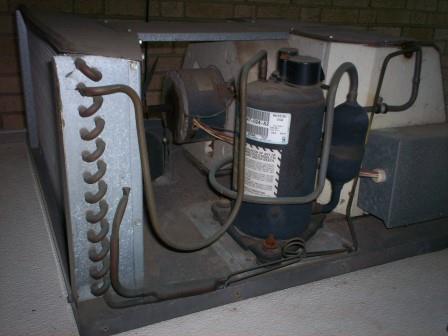
It's How We Like to Camp!
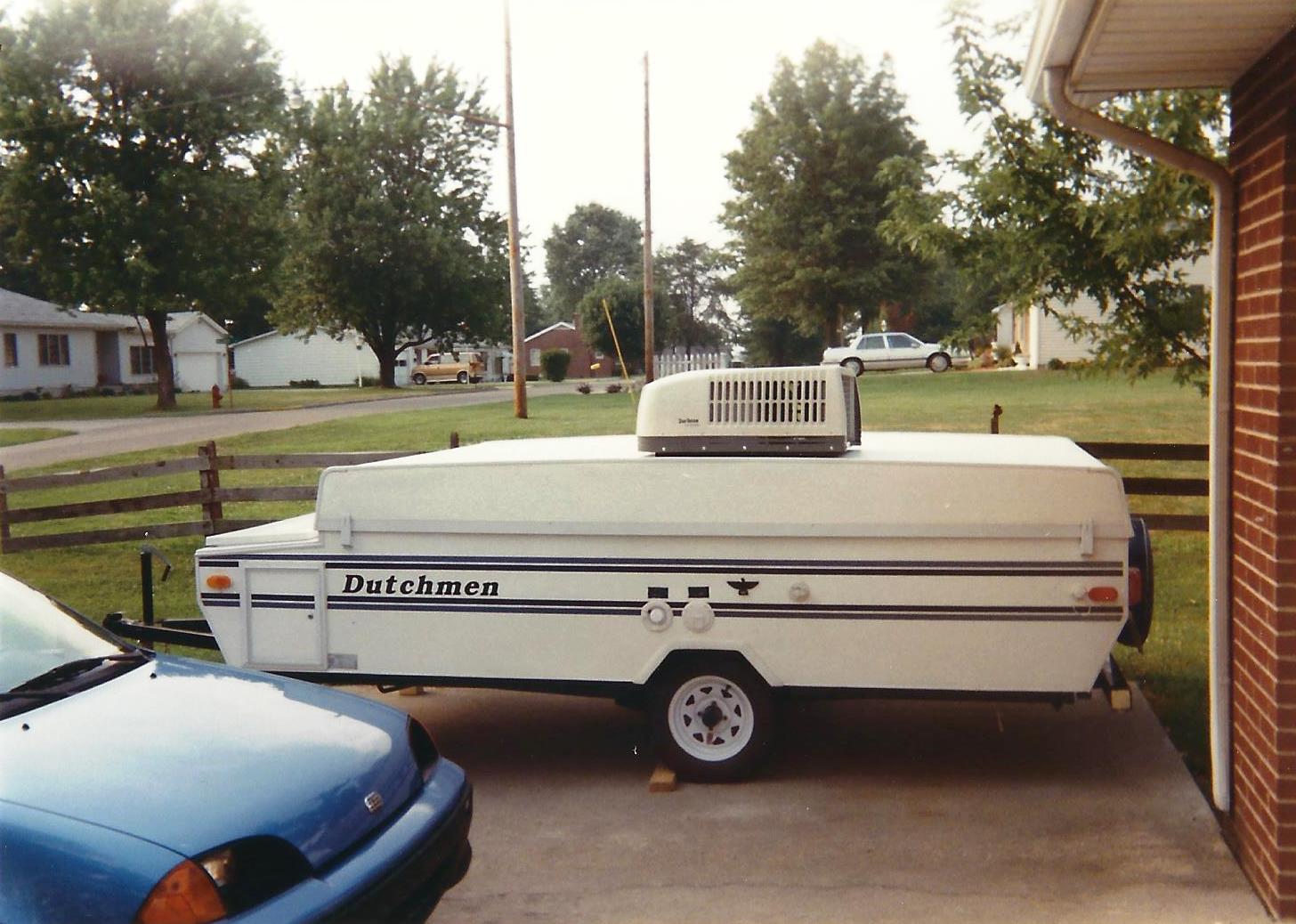
Air Conditioning for Pop Ups
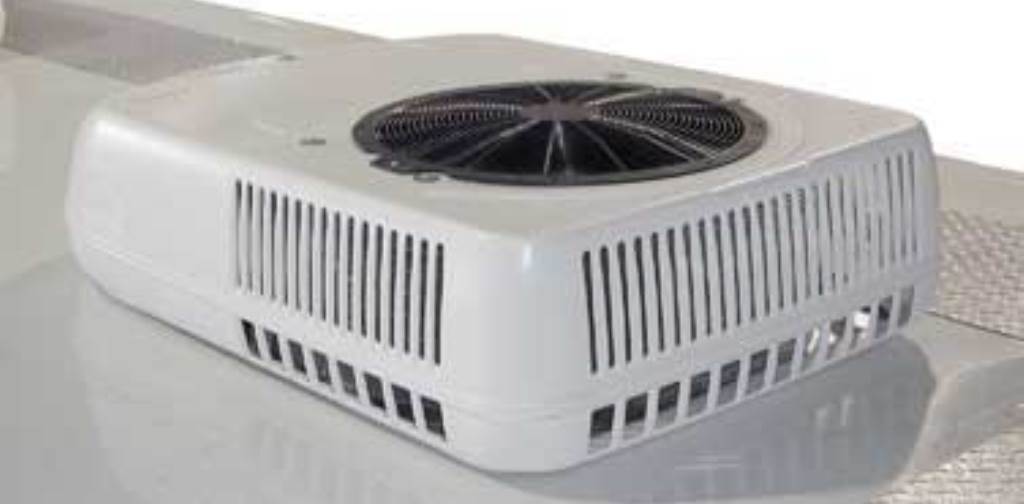
On the subject of Air Conditioners for Pop Up campers there have been numerous ways people have accomplished this. From a roof top mount to the hole cut into the side of the camper to swamp coolers, here's my view.
Roof Top A/C- In my opinion this is the best way to have an A/C if you really want to stay cool. A roof top unit is 13,500 or 15,000 BTUs. I'll admit on a really hot day with no shade a roof top A/C will only cool you down a bit. Remember you are trying to cool down a canvas tent with no insulation, so you want as much power as possible. Our roof top unit does a pretty good job for being 23+ years old.
The biggest thing to consider if you're thinking about adding a roof top unit is the roof itself. You really need support bars on the inside to prevent the roof from sagging under the weight.
The next thing you need to consider is the lift system. If your cables are old you are more than likely to snap a cable due to the extra weight.
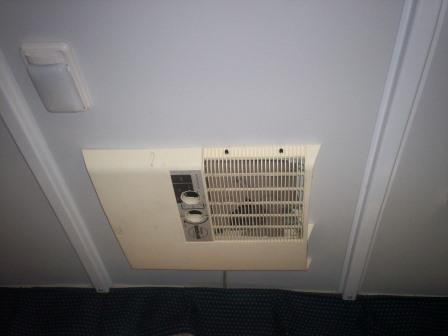
Our roof support bars attach to the sidewalls.
The Hole Cut in the Side A/C- Seen many pop ups with this done. My thoughts here run from resale value to leakage to "What am I gonna do when it dies and the next one is bigger/smaller?"
Many cut the hole in the back wall and rest the A/C on the bumper. My first thought on this method is the weight in the rear causing sway when towing. This also means the A/C is sitting on the floor. Remember the old saying, Heat Rises? The cool air will be down on the floor while the hottest air will be up around your head. Read too many complaints that a little 5,000 BTU room A/C doesn't do much. Then the hole you need to cut, what about the next owner? Or will anyone even buy a camper with a hole cut in it? And leaks, water is the worst enemy of a pop up, why give it more chance to get in? Then if it quits working, will you find a newer model the same dimensions? Not likely, so it's cut a bigger hole, or fill in the gap. Some make a wooden mount stand to place the A/C through a window. Better idea, at least the cool air is up where it needs to be. But the stand will be heavy, the A/C unit is heavy, and that's a load to haul and set up.
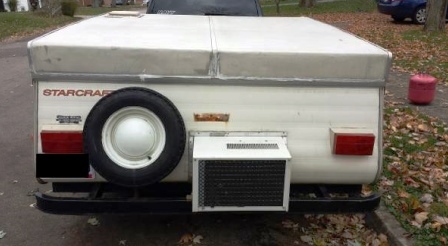
Portable A/C Units- These are nice and a good way to get the power you need to stay cool. The drawbacks are they tend to be heavy, and they need to be transported upright. Most units are pretty big too, so they take up a lot of space. You need to run the duct work out to vent the unit, and possibly dump the condensation pan a couple times a day. If you can't transport one of these upright, it's recommended to not use it for 24 hours or risk damaging the unit.
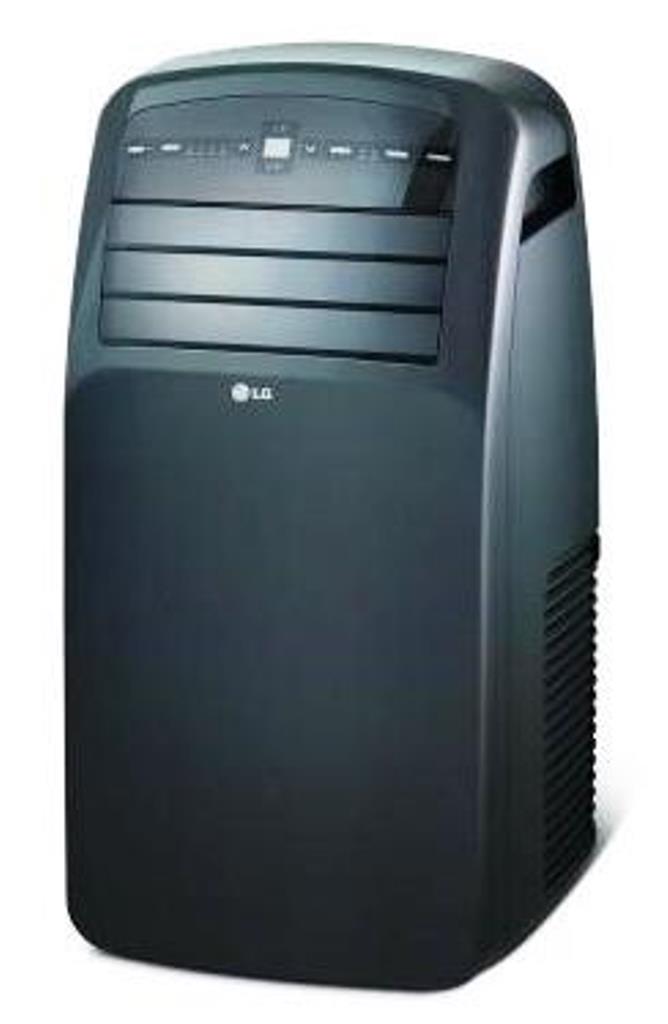
Swamp Coolers- These are basically a cooler full of ice with a fan running over it. Yes that actually works but you are introducing a LOT of moisture inside the pop up. Not something I would even consider except in an emergency. Plus that's a lot of cooling power wasted you could have kept your drinks cool with!
RV Air Conditioner Repair- Since the freon line on these are sealed you can't add more freon. Which means you also can't capture the freon to place a port in. There is a $20,000 fine for releasing freon into the atmosphere so any certified tech won't touch them.
If you find your A/C is not cooling as good as it should, here's a few things to look at.
#1 is the filter. All A/Cs have a filter, and if it's dirty the A/C can't breathe to exchange the hot air with the cool air.
#2 will be the power. Are you hooked up to a 30 AMP power source? Minimum is 20 AMPs. If you are hooked up using a long extension cord you can also lose enough power to dip under the mininum power needed to operate.
#3 is rare but had it happen to us. While stored bees got inside the outer cover and built a nest. That kept the fan from turning on. Once that was removed all was OK.
#4 and again a rare occurance is the start capicator goes out. That's the device that allows the boost of power as the A/C starts up. If you can hear the fan starting, but the compressor doesn't kick in it could be the capicator.
